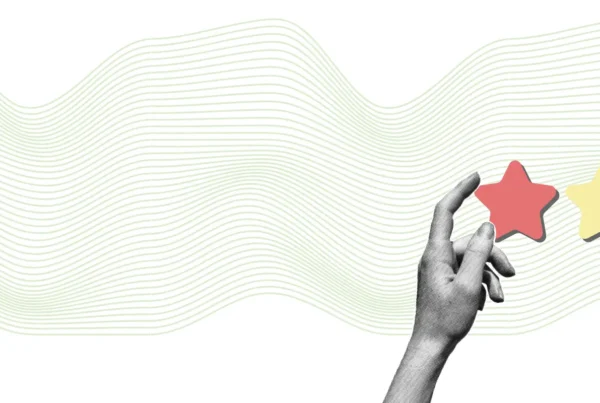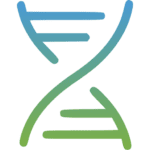HR Analytics is fast becoming a valuable tool for HR Business Partners (HRBPs) to use, even in smaller and mid sized companies. HR Analytics are defined as the application of employee talent data to improve business outcomes, productivity, and the employee experience.
HR leaders and business partners can use analytics to make talent decisions and improve company processes. To interpret the wealth of information and advise their business clients accordingly, HRBPs have to grow their skillset and prepare for the future of data-driven HR.
What is HR Analytics?
HR Analytics (sometimes called people analytics or workforce analytics) is collecting talent and organisational data and converting it into insights that are to make decisions for talent management, placement, and processes.
The data extracted from HR tools is used to identify problems and trends and then presented to managers and talent leaders, along with recommended solutions.
HR Analytics play an essential part in achieving organisational goals and success.
Practical Applications of HR Analytics
HRBPs can use analytics to measure performance, set benchmarks, make promotion and salary decisions, improve retention & engagement and measure how employees are developed and upskilled.

What Skills Do HRBPs Need to Employ HR Analytics?
1. Knowledge of the Data (and How to Apply It)
HRBPs are asked to supply data by core team members but rarely form part of the core decision-making team itself. To have a genuine business impact, HRBPs have to evolve beyond the role of data suppliers and become data interpreters and solution providers.
2. What Data Do You Already Have?
Start by determining which data is readily available in the HRIS system. At the very least, you will need access to employee names, units, start dates, age or date of birth, management, reporting structures and direct resports.
3. Mapping Talent Data
From there, you’ll need to map the Talent Data, including engagement, the impact of loss, performance descriptors, scores and more. Focus on what is relevant to the business and its goals. Understand their environment, which skills and competencies are valued, and what their expectations are.
HR operations will always have different objectives to Sales or Marketing. Still, as a data-driven HRBP, you can find common ground and assist with setting enterprise-wide people objectives as well as business unit objectives.
Once you understand the goals, you can create opportunities and drive decisions in your organisation. You don’t need to be a data scientist, but you need to make data part of your HRBP team culture to influence client projects.
4. Connecting HR Data to Business Outcomes
HR Analytics are designed to demonstrate how people impact the organisation’s bottom line. Here are a few examples of how HRBPs can show how talent can impact business outcomes:
- Impact of Attrition and Retention
The cost and inconvenience of acquiring new talent is a concern for most organisations. HR Analytics can predict which employees are likely to stay based on engagement, knowledge gaps, progression enthusiasm and skills development.
- Recruitment Decisions
HR analytics can identify skills and competency gaps to know which roles to create and hire by investigating gaps in low-performing teams and shared skills and characteristics of high-performing teams.
- Revenue Generation
Data can be used to measure productivity as well as its impact on profitability and the effect of knowledge sharing and development on sales and customer retention.
5. The Ability to Use Sophisticated BI Tools
It might be tempting to use desktop data processing tools like Excel or Google Docs to manage your data and display, but it’s far from ideal. Data Security is a considerable concern, and it’s challenging to input additional data sets, especially when it is as complex as HR data.
Aside from data input concerns and the inability to scale, Excel sheets simply aren’t engaging.
Make sure that your team uses the right solution so that you can access the correct data at any time. Opt for a solution that provides clear visualisations and interpretations of the data to be presented easily and interpreted quickly.
Microsoft Power BI, Tableau, Sisense, and others are good examples that are easy to grasp. Once you’ve mastered your BI solution, you can start creating dashboards and tapping into existing people systems for HR data.
6. Data Visualisation
A picture is worth a thousand words, and your audience will have a much better grasp of the information you are trying to convey if it’s presented as graphics.
Data visualisation tools take the results of your metrics and presents them in powerful visualisations that are interactive and bring the data to life . These graphics can help you explain your data more engagingly.

As an HRBP, it’s important to interact and engage with the data you are collecting. The right system will have reporting features and a dashboard to collate the data from your HR programs and create visualisations used in presentations and reports.
Visual tools can demonstrate and justify HR decisions and present plans for retention, talent pipelines, and diversity and inclusion management.
7. Data Storytelling
It’s not enough to present leadership with stats. The data has to tell a story. For example, the company is reviewing staff turnover rates. The HRBP shows a slide stating that the overall turnover rate is 10%. The figure is meaningless unless the impact is understood.
To be more effective, HRBPs need to explain:
- Who is impacted, and over what timeframe?
- What was discovered from the data?
- What do we need to do to resolve the issue?
- How will we measure success?
Breaking down the turnover by month, department, tenure, and gender may paint a different picture.
Why are we losing female employees when our core value is transformation? Why did so many employees resign in March? Why are we losing more team members in the African regions than anywhere else?
By presenting more complex, visual data problems and strengths are highlighted, and solutions are offered.
HR Analytics is finally affording HR business partners a seat at the boardroom table. The right analytics can demonstrate the genuine, bottom-line contribution that HR makes to the organisation at large. Start developing your skills today by gaining the tools and knowledge to employ HR analytics as an HRBP.







